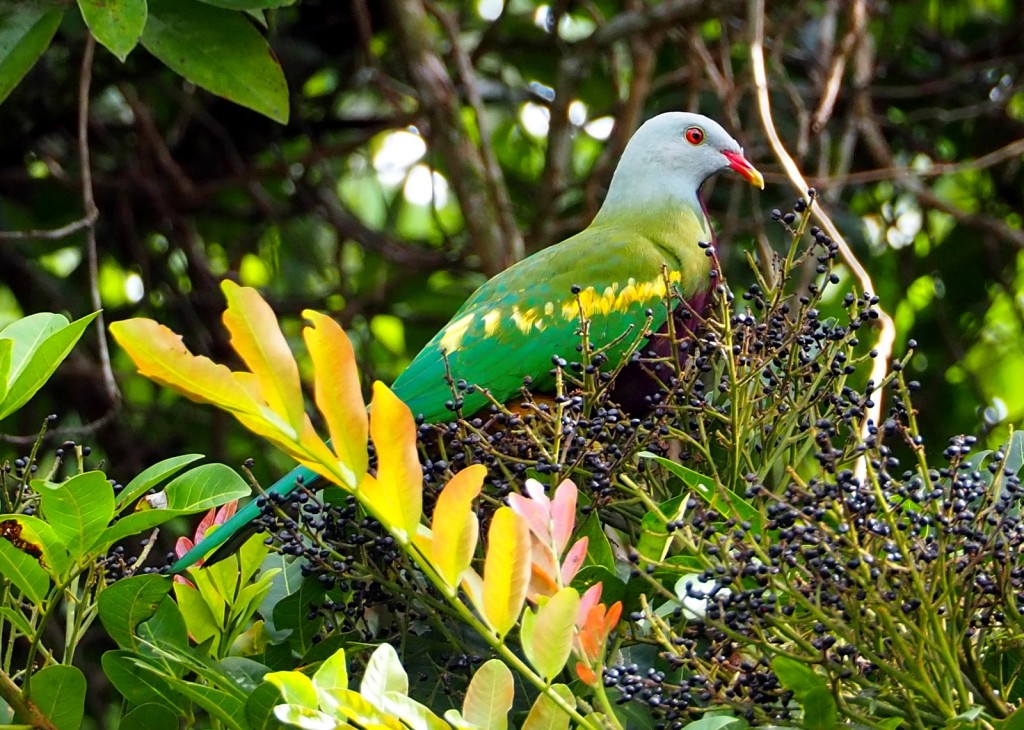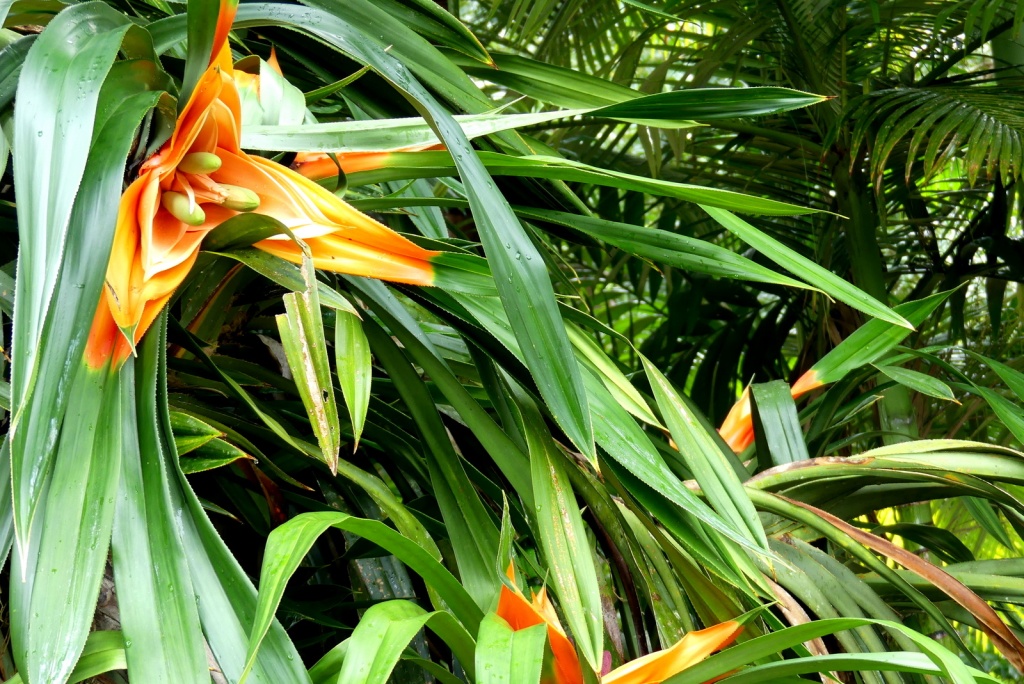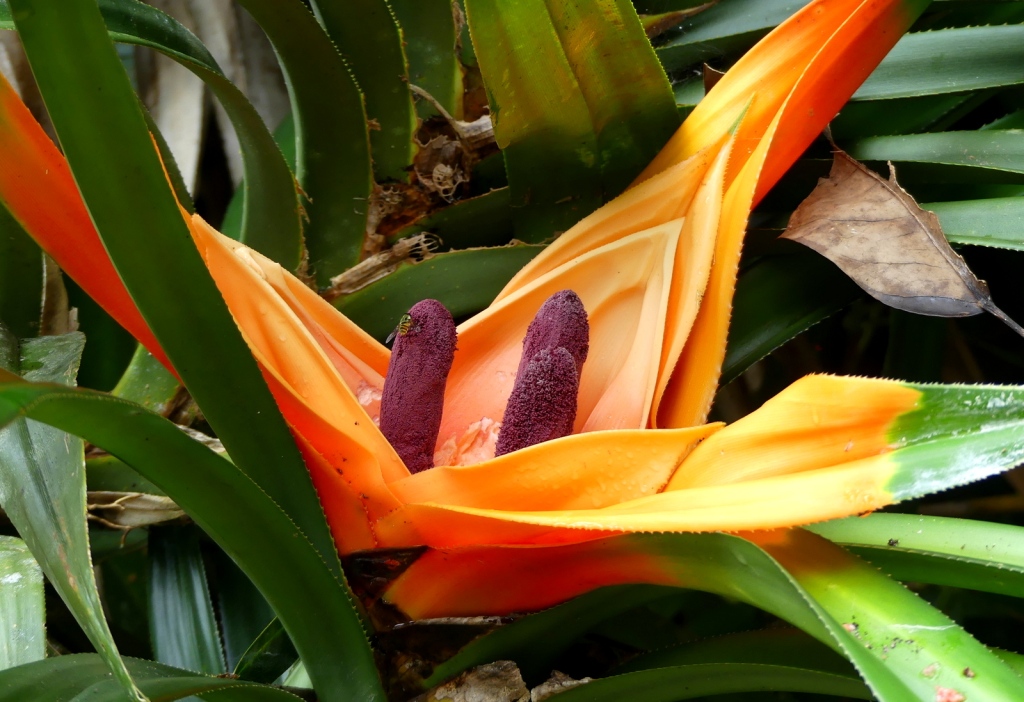Well not really – we’ve had glorious steady rain and much cooler temperatures have been a welcome relief to us after the recent extreme heat and humidity. So far the violent storms and torrential rain have missed us and my newly planted fruit trees have had a chance to settle in. When we plant trees we always give them a good watering but it doesn’t match the benefit of a decent rainfall. Allen thought this morning was a good opportunity to plant out a few more rainforest trees that he’s grown. His timing was perfect for the trees but as the rain got heavier I was very pleased he hadn’t needed an assistant!

About a week ago Betty finally made a reappearance in our wetlands! She quietly slid into the water as Allen watched from the bird hide. She had been lying on a bank in the shade, blending so well into her environment that he didn’t see her until she moved. On subsequent days we saw her in the water, sometimes with part of her back exposed to absorb the sun’s heat. As the days have been so hot recently it wasn’t long before she quietly submerged, leaving a trail of bubbles for us to follow.


There has been some speculation regarding potential crocodile nest construction in our swamps. Although it would be confirmation of a successful wetland restoration project I must admit to some nervousness at the prospect. Continuing this theme one might consider why Betty has not nested when she appears to be a mature female. Might she, in fact, be Bob and not Betty?
























































